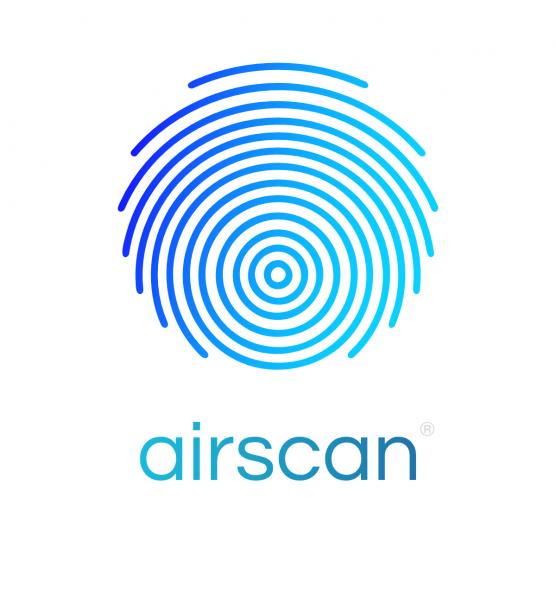Improve air quality to combat COVID-19
30-06-2020How does the SARS-COV-2 virus enter the body?
The gateways of the virus are:
The nose
The mouth
The eyes
For infection to occur, contact must usually:
- Last long enough
- Be intense
Air pollution irritates the respiratory tract and promotes the penetration of the virus in the organism
In addition to age, medical history etc., certain external factors can reduce the organism’s ability to fight the infection because they cause an acquired immunity deficiency (1).
Such factors include in particular:
- The use of certain drugs
- Exposure to certain chemicals and polluting particles (and consequently air quality)
How does one get infected with SARS-COV-2 which causes COVID-19?
How does this virus reach the gateways?
Directly through:
-Droplets dispersed by a sick person in particular while he or she:
- Speaks
- Coughs
- Sneezes
Indirectly through:
- the hands, e.g. when touching the face after having touched an infected
- Person
- Surface
- droplets floating in the air, on which the virus has established itself
The QAI NEMo device proposed by airscan is used to analyse fine particles that carry the SARS-COV-2 (COVID-19) virus and irritate, as well as the COVs that are in the indoor air
Reducing the fine particles in the indoor air helps lower the risk of infection, and therefore the risk that the virus that causes COVID-19 can enter the body, as well as the spreading possibilities.
How can the risk of becoming infected with SARS-COV-2 be reduced?
It is necessary to:
- Block the ways in which the virus spreads as much as possible
- Comply with barrier measures, in particular social distancing.
- Use a mask, depending on the situation, in accordance with the rules for its use. (Attention: wearing a mask in a non-compliant manner may entail a risk of contamination)
- Limit the contamination of surfaces by setting up work surfaces properly and cleaning them regularly.
- Limit the presence of droplets in the air as much as possible, especially indoors.
- Avoid situations that make people vulnerable and give the virus a chance
- Get informed about risk situations you may be confronted with, in particular about taking medication.
- Avoid the presence of chemical contaminants and irritating particles in the air by using agents that guarantee good indoor air quality.
How can indoor air quality be improved?
- Use a monitor for a smart ventilation and air renewal alerting process in real time.
- Implement an algorithm to estimate the risk of contamination in the building.
- Implement air purification on comfort elements or Air Handling Units (AHUs) to capture airborne droplets and irritating contaminants.
How can the presence of air droplets be reduced?
- Ensure optimal air treatment in real time through monitoring or regular measurements in the buildings that cannot be managed automatically.
- Implement an air purification system to capture the air droplets.
--------------
Discover the offer by airscan: the smart indoor air quality monitoring system for your building
The airscan offer comprises 4 independent components:
1. A study of the building to estimate the feasibility.
2. Stations that analyse the air quality in order to monitor it or carry our regular measurements.
3. The algorithm used to interpret the data so that instructions can be given for the control of the ventilation.
4. Filter media that limit air pollution when entering the AHUs or the comfort elements.





